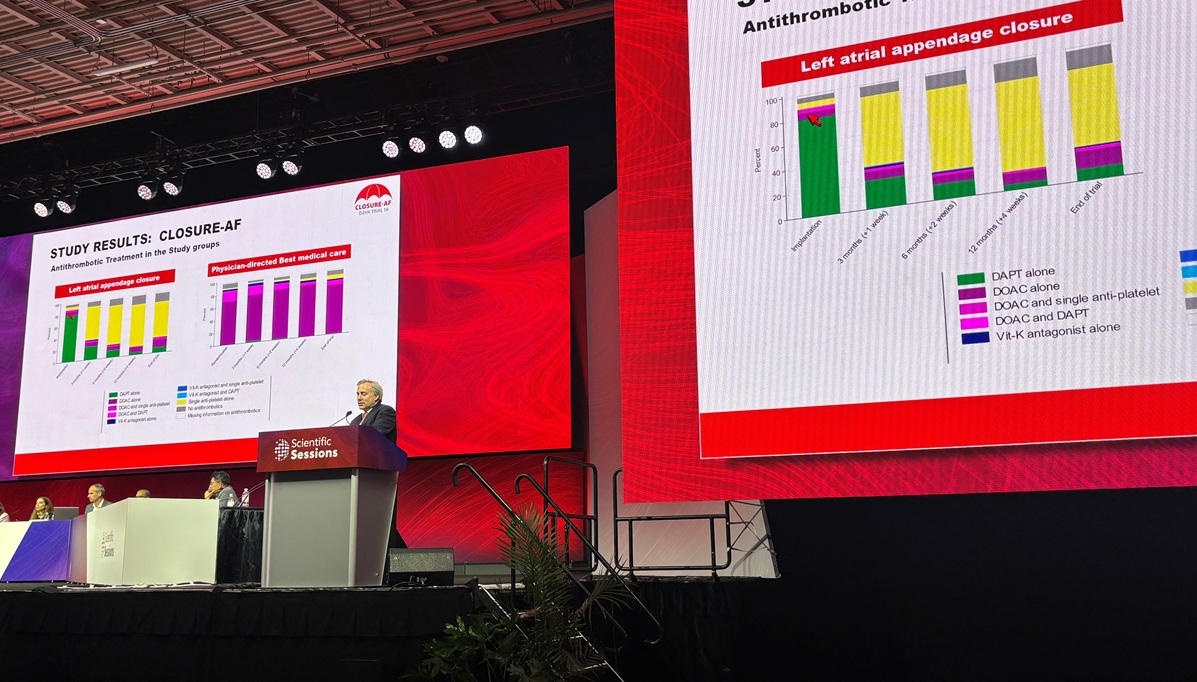Oscar Piastri has given his take on what proved to be a “tough afternoon” for him at the Sao Paulo Grand Prix, the Australian having to settle for fifth after a 10-second time penalty for an early collision impacted his race.
After an early…

Oscar Piastri has given his take on what proved to be a “tough afternoon” for him at the Sao Paulo Grand Prix, the Australian having to settle for fifth after a 10-second time penalty for an early collision impacted his race.
After an early…

Nubia has officially launched the Z80 Ultra in global markets after its debut in China on October 22. The company’s latest flagship smartphone brings top-tier hardware, a massive battery, and a bold design that continues Nubia’s push for…

Igor Thiago (Brentford): He has been excellent, performing really well for Brentford and did so again in the win over Newcastle. Scores a lot of goals but also works tirelessly for the team, puts his body on the line. A proper centre-forward. He…

NEW ORLEANS, LA—For patients with atrial fibrillation (AF) who are at high risk of both stroke and…

Not all screen time is created equal. While most apps geared toward kids often feature chaotic scenes and loud noises, better options are available. That’s where Pok Pok comes in, providing children with an app filled with low-stimulation…

On Oct. 30, NYU Abu Dhabi’s campus was filled with excitement as students, dressed in their best formal wear and holding freshly printed CVs, made their way to the East and West Forums for the semestral Career Fair. Organized by the Career…

Apple’s latest iterative update for iPhones brings a welcome change for those who aren’t a fan of its Liquid Glass design overhaul. After user complaints that the Liquid Glass’ translucent design was hard to read, Apple introduced a compromise in…

Kimi Antonelli acknowledged he was “lucky” after being caught up in a collision with Oscar Piastri and Charles Leclerc during the Sao Paulo Grand Prix, as the rookie netted his best ever Grand Prix result with second place.
Antonelli performed…